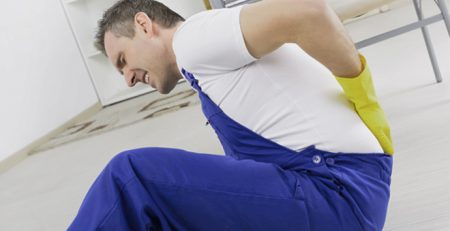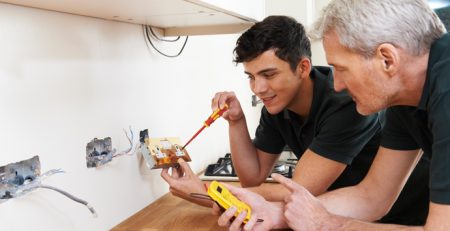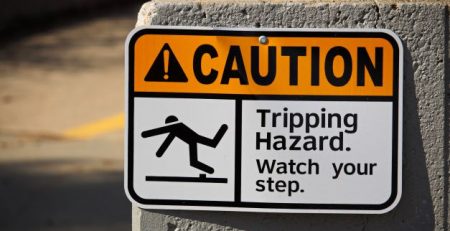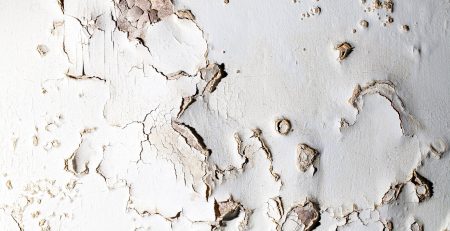A Complete Guide to Risk Assessment
The workplace is full of equipment and other factors that are dangerous to workers. It is therefore important to know the things, equipment or processes that can harm you. This is called a risk assessment. In definition a risk assessment is a careful examination of what, in your work, could cause harm to people, so that you can weigh up whether you have taken enough precautions or should do more to prevent harm. A risk assessment is thus a vital part of the work process and it also complies with the statutory duty under the Health and Safety at Work Act 1974 and any other safety regulations associated to the workplace.
Why do a risk Assessment?
A risk assessment is a very important part of the business. If you do not know the risks in your business then you are putting yourself and the workers in danger of being injured or worse. In the workplace particularly in high risk jobs such as welding and construction a good occupational safety plan is very important.
Risk assessment helps to get vital information concerning the exact areas and equipment that present the highest risk to the employees. After noting these it is also important to notify the employees of the control measures and safety regulations so as to minimise risk. Risk assessment also helps to identify who exactly might be at risk of being injured at the workplace. The division of labour at the workplace means there are people who will be exposed to more risk than others. A good risk assessment will identify these people and then enable the business to take precaution to minimise risk. With a risk assessment you can also determine if the existing control and safety measures are adequate to ensure safety in the work place. Also if the risk assessment is done at the design or planning stage of constructing of the plant then this would go a long way in saving workers from injuries. Risk assessment also ensures that a business always takes into consideration the hazards and control measures and maybe even set aside some funds.
The aim of risk assessment
The main objective for risk assessment is to identify and remove a hazard by adding precautions and control measures as necessary. This ensures that the workers are not exposed to such risks. A risk assessment is also meant to ensure that the employees’ safety in the workplace is assured. The sole reason for any plant to do the risk assessment is primarily for safety.
How to do a Risk Assessment
There are no specific methods and rules in risk assessment. Various institutions have various opinions about it. However there are principles that are common among all of them.
- Identify Hazards
As pointed out the main objective of risk assessment is to identify the areas prone to risk in the workplace. It is to find the possible hazards present in your workplace. This is a long process and one person may not be enough. It is thus wise to have a team do this. The team should include both people familiar with the work area and those that may be new or ‘fresh’.
- Decide who might be harmed
To identify hazards you should look at all aspects of the work. You will need to be very detailed and that is why you need extra pairs of eyes on the job. You should look at records including incident near miss records. You can also choose to include people who do not work in the area in your risk assessment, such will eliminate the possibility of bias in their judgement. They will also help to assess risk to visitors or the public. The work structure should also be assessed as it will enable you to identify the people facing the highest risk. In addition to that it will also enable you to identify risks to different groups such as the young, expectant mothers or even people with disabilities.
- Evaluate the risks and decide the best control measures to apply
After identifying the hazards it is important that you evaluate the risk that each hazard poses to the different workers of the company. Some hazards will pose mild risks and such will not be prioritized but those that present the highest risk will naturally be addressed first. This process is thus a very important part of risk assessment. To do a comprehensive evaluation one should consider a number of factors.
The manufacturer documentation should first be checked, this will ensure that you have a good grasp of the plants present known risks and whether control measures have been put to curb the risk.
Workers can also help identify the hazards with the highest risk as they have the advantage of experience. In grouping workers it is also prudent to analyse the systems of work being used.
However even with all those factors put into consideration it is always important to remember the purpose of the risk assessment and that is to protect the workers from future hazards thus any changes that are expected in the plant should also be put into consideration.
- Record your Findings
The process of risk assessment relies on the ability of the hazards and potential risks to be identified and recorded, it is these records from which one can correctly determine the correct control measures. This requires the business to have an efficient method of record keeping. One that is reliable and can also be modified constantly to take in new information. The records can also involve a good risk assessment module to make it easy for anyone referring to the records to make inferences from the records.
- Review your assessment and update as and when necessary
It is important to note that because the work place is subject to change the potential hazards and risks within the workplace. This it is important that you constantly make changes to your method of risk assessment so as to encompass the changes.












